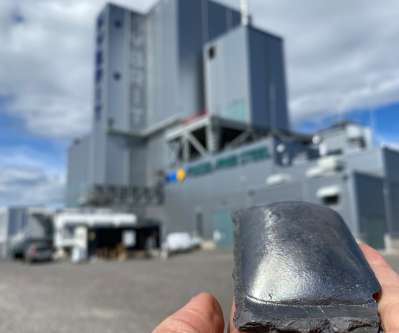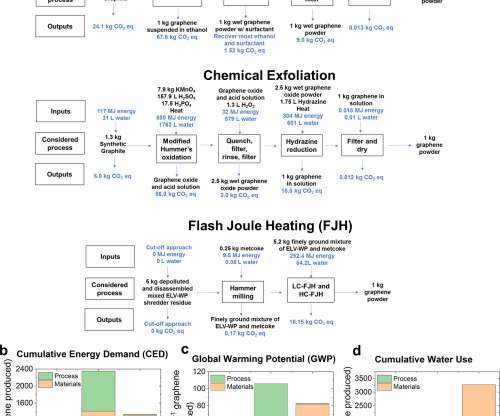Argonne releases GREET 2020
Green Car Congress
OCTOBER 10, 2020
Argonne National Laboratory’s Systems Assessment Center has released the 2020 version of the suite of GREET models and associated documentation. Vehicle technologies include conventional internal combustion engines, hybrid-electric systems, battery-electric vehicles, and fuel-cell-electric vehicles. CO 2 -derived ethanol.



































Let's personalize your content